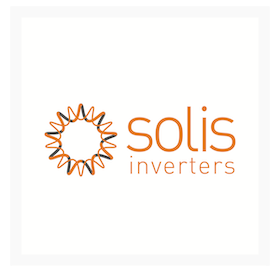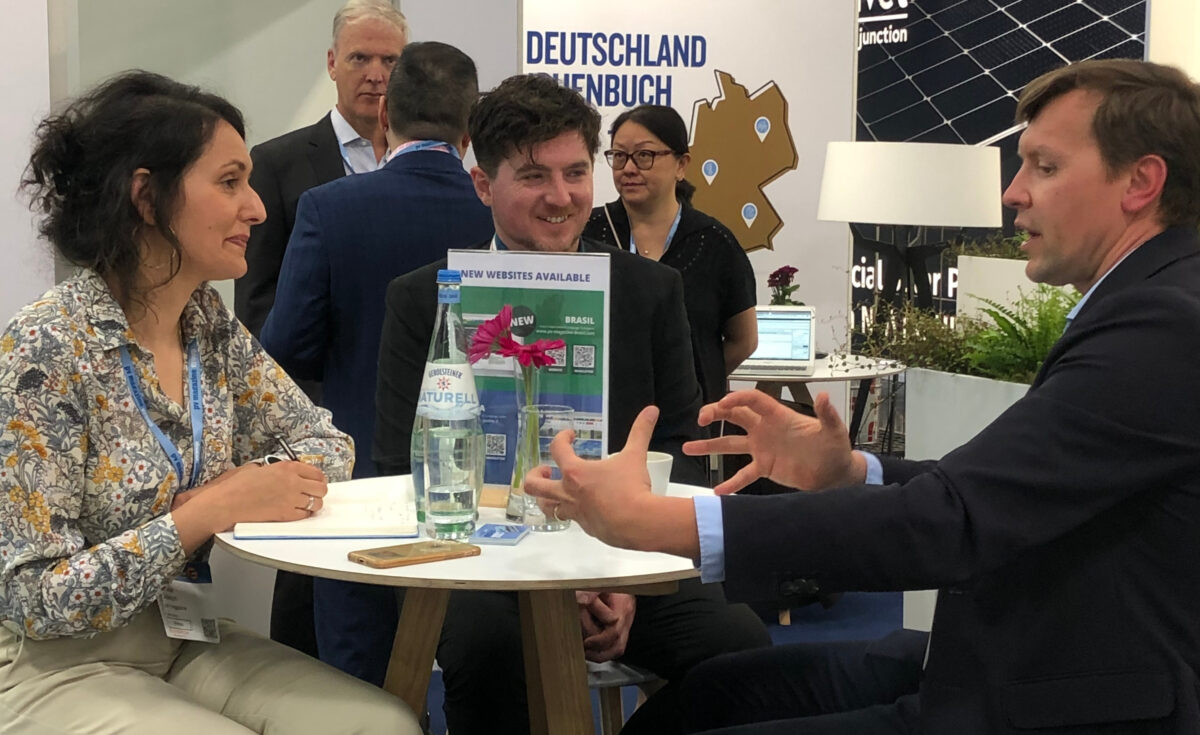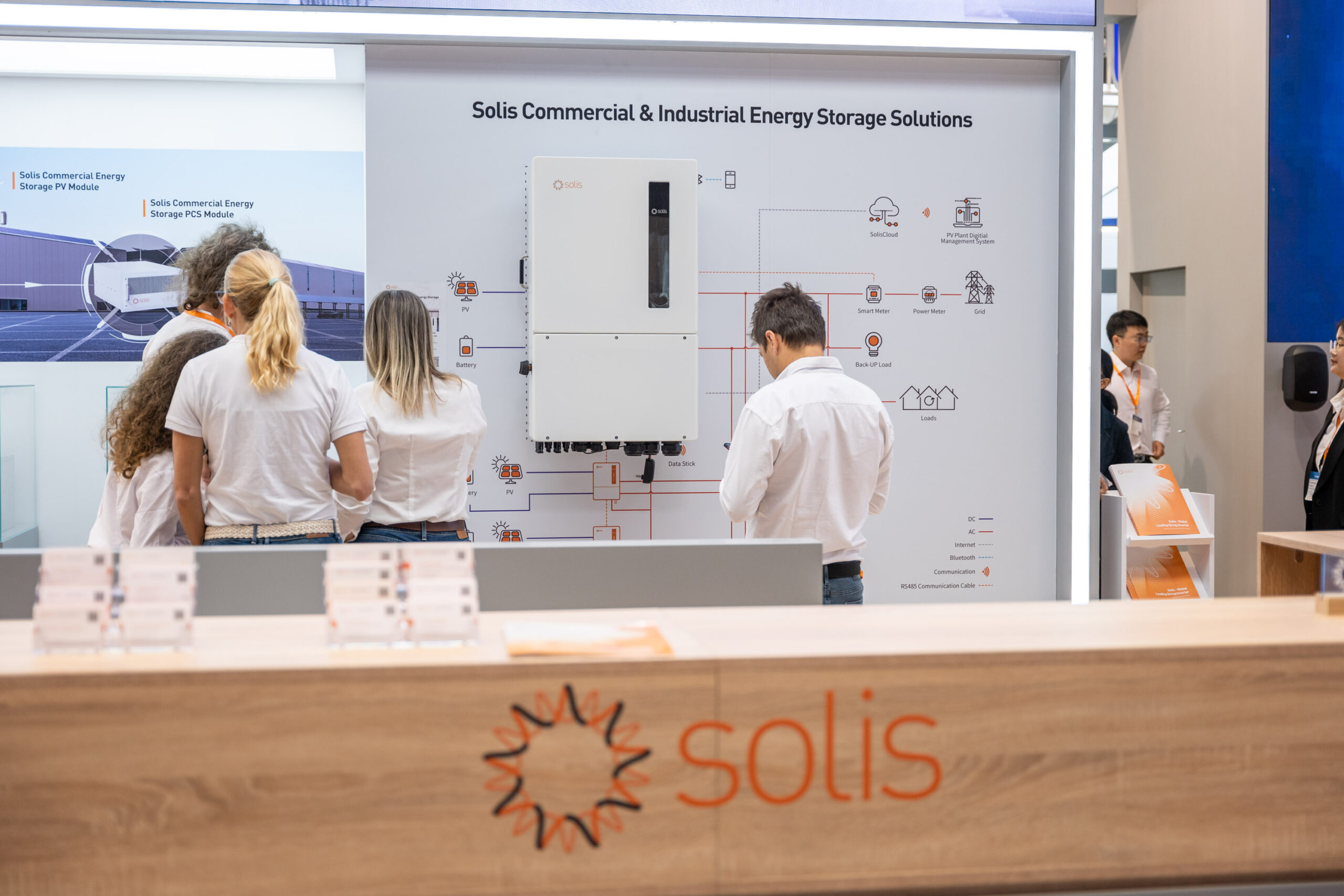
Solis powers up Europe with new C&I energy storage series
Hot on the heels of launching a new residential solar inverter, Ginlong (Solis) Technologies is presenting its new C&I scale energy storage solution that will be available globally, here in Munich at Intersolar Europe.
Solis is well known as one of the largest and most experienced inverter manufacturers in the world. Its new Solis S6-EH3P(29.9-50)K-H series meets the demand for 1200 kWh energy storage applications and features an integrated lithium ion battery, battery management system, energy export control system, and DC/AC bidirectional converter in a single unit. Its flexible design makes it compatible with various brands of batteries.
The four models in the series have a recommended maximum PV power range from 41.86 kW to 70 kW and a maximum battery discharge power between 29.9 kW and 55 kW with a maximum charge/discharge current of up to 120 A.
The series provides functional services such as peak load shifting, power expansion, and backup power supply, supporting peak shaving control in both “self-use” and “generator” mode. A maximum of six units can be used in parallel for on-grid and off-grid operation at facilities such as charging stations, commercial buildings, and other such use cases.
Visit the Solis booth in the Hall B3 (B3.430) to learn more about this product and get your questions answered by their team of tech experts.
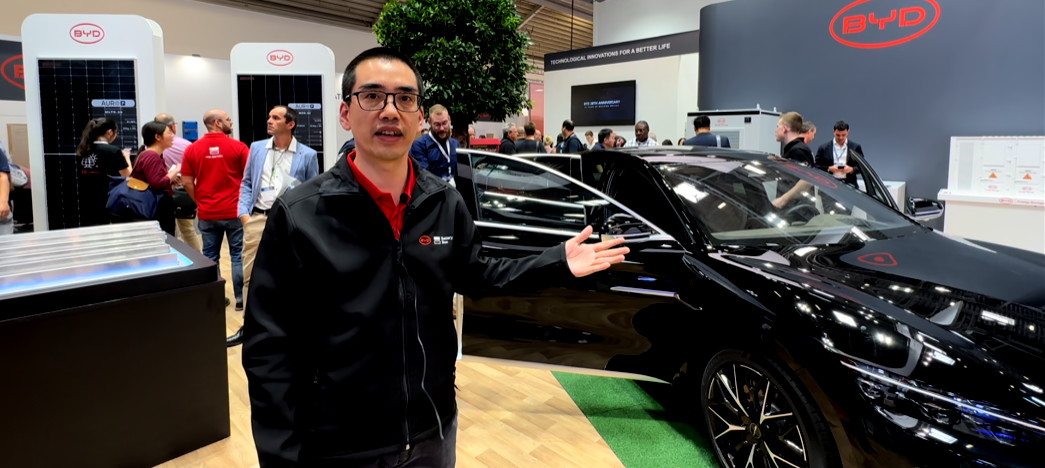
Safer Blades
Scaling up manufacturing to meet Europe’s growing demand? That puts a smile on AD Huang's face, writes Marian Willuhn.
Huang founded BYD's battery box division eight years ago and says the company's Blade Battery which, hitherto, was only used in the company's vehicles, will now be used in the BYD Battery Box storage system for residential and commercial applications.
There are some advantages when it comes to energy density and performance as well as, safety – the Blade Battery cell has a bigger surface area to dissipate heat more efficiently. More importantly, however, putting the vehicle cells into stationary applications means it will be easier to meet skyrocketing demand.
BYD produces 250 GWh worth of batteries per year, only 5 GWh of which are currently destined for residential use.

Unlocking new revenue for home solar owners
Intersolar may not be a heating trade fair but there is still a lot of news to dig up on that industry right now, writes Cornelia Lichner.
SolarEdge, for example, focuses a lot on heat pumps and is showing a highly interesting, and automated, control system in Munich, with the SolarEdge One concept.
The company is breaking away from a previous focus on maximizing self-consumption and is optimizing electricity costs instead and unlocking new revenue streams for homeowners.
The prerequisite is that customers use dynamic electricity tariffs. Prices are automatically transmitted to the energy management system by SolarEdge. The energy manager creates a daily timetable for major consumers, such as heat pumps and wallboxes, by using the weather forecast, a consumption forecast based on user behavior, and expected electricity prices.
SolarEdge intends to publish a patented algorithm in a white paper in the near future to tap the full potential of residential PV systems, say Frank Bakker and Uri Furberg, from the company's product management division.
Thus far, home solar has not taken into account the sharp drop in electricity prices during midday hours or high prices in the early morning. With the new SolarEdge system, customers can even sell surplus energy at times of high grid need.
Stay tuned to pv-magazine.com today for breaking news about the SolarEdge One and partnerships with heating manufacturer Vaillant and Samsung's smartthings business.
SMA South Europe
And now here's a word from Valerio Natalizia, Managing Director of SMA South Europe, which is exhibiting at Intersolar:
“We are proud to participate in Intersolar 2023 which, in addition to being the largest exhibition
dedicated to solar power generation is also an opportunity to communicate with all our
stakeholders.
“In this regard, for the occasion, we will present the new Home Solution that includes the Sunny Boy Smart Energy, the single-phase hybrid inverter of SMA. But not only that, among the most important novelties, the new commercial storage solution will also be shown, which comes with innovative and high-quality software that will allow to store solar energy and use it flexibly and economically.
“The objective of the event is also to open a dialogue on topics of fundamental importance such as the energy transition that is increasingly an answer to the problem of climate change and the global energy crisis.
“We, at SMA, have always been sensitive to environmental issues, that is precisely why, every day, we strive to develop and complete projects in a sustainable way.”
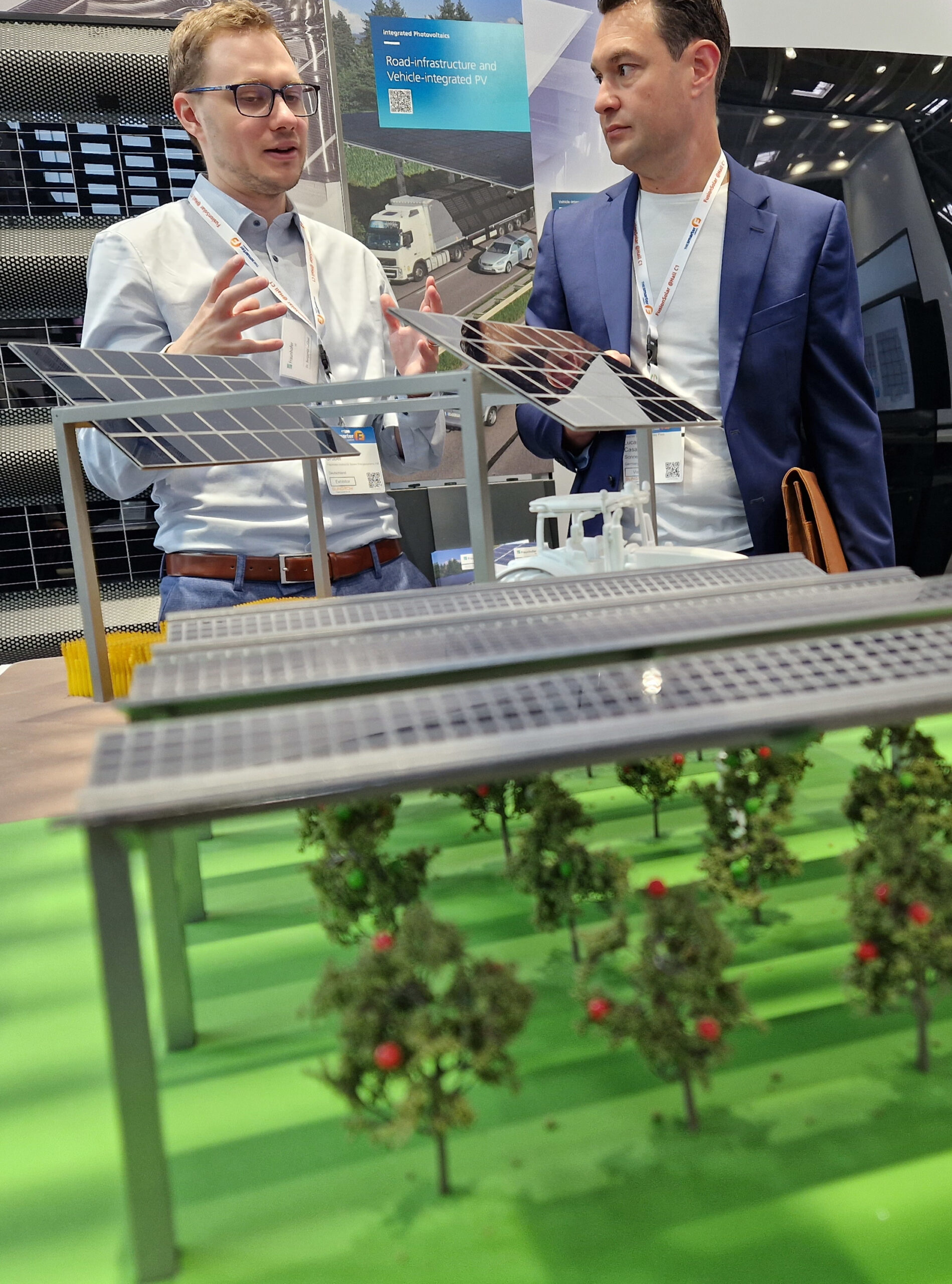
Silver (and fruit) consumption
Fraunhofer ISE’s booth reveals how the German research institute is focusing effort on the some of the more practical concerns that come with scaling up the solar industry to the numbers forecast for the end of the decade.
Solar’s problem with silver consumption is well known – at current levels the industry will soon need most of world’s supply of the precious metal, writes Mark Hutchins. Plenty of solutions are on the table though, and ISE looks to be evaluating and making progress with many of them.
The institute’s Florian Clement took pv magazine through the advantages of either replacing silver paste with copper in the widely-used screen printing process, or switching to an all-new copper plating method. It’s a matter of cell technology, with heterojunction better suited to screen printing, while the high temperature processing required for TOPCon [tunnel oxide passivated contact] cells means a switch to the more complex plating process will likely be necessary.
Time will tell which approaches make their way into commercial PV but it's encouraging to see progress on such an important issue.
The amount of land PV installations will require is another big question and here too ISE has answers – in the form of modules specially designed for agrivoltaics, with gaps between cells to allow light to pass through to plants cultivated beneath.
ISE scientist Benjamin Grübel explained that the size and frequency of the gaps can be customized according to needs of different crops. Colored modules for building-integrated PV, a car rooftop embedded with high efficiency back contact cells, and PV-integrated sound dampeners for highways and train tracks all offer ways in which Fraunhofer ISE is looking to minimize solar’s land requirements and integrate the technology into other parts of life.
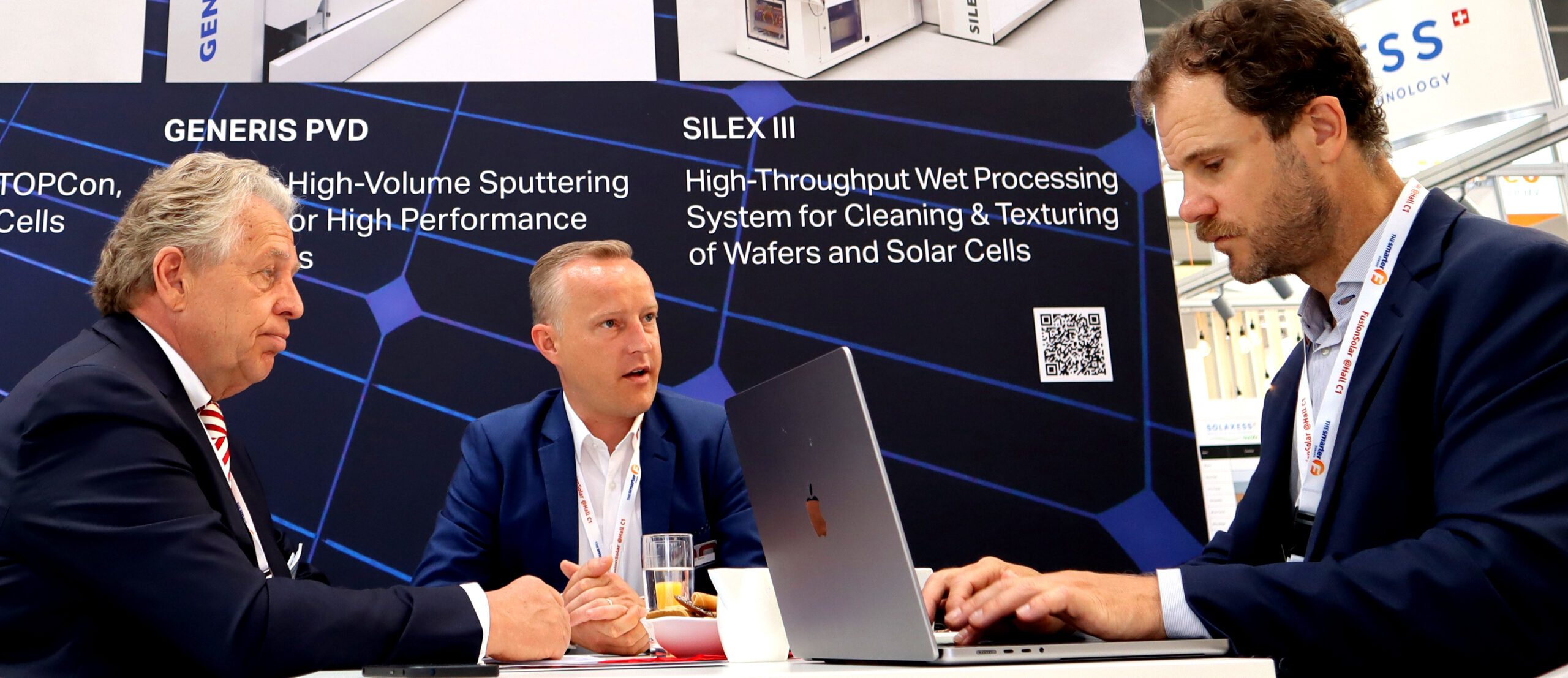
Edge passivation with matrix layout for 5% efficiency gain
With a possible revival of European PV manufacturing a major topic for discussion at Intersolar, two technology suppliers say that they have unlocked a major cell-to-module efficiency boost.
German production equipment suppliers Singulus and M10 Solar Equipment last week announced development of a combination of tools – for half-cut and shingled module production – that can result in a cell-to-module efficiency boost of up to 5%, verified by the Fraunhofer ISE.
Stefan Rinck, the veteran CEO of Singulus, said that the company had developed a plasma coating and cell handling technology to allow the edge of cells to be passivated after cutting without disturbing the cell surface. The passivation tool is called the Generis and it was unveiled last week.
“The efficiency gain is enormous as we can gain back the losses introduced by the laser cutting [of the cell],” said Rinck. The high-throughput version of the Generis can process 3 GW of cells per year, with the single tool, he added. “With a small investment in such a small machine, a gain of efficiency of 1% is enormous.”
M10 managing director Philipp Zahn. said that when Generis is coupled with the M10 Surface stringer, and with a “matrix” layout, cell-to-module efficiency can be boosted by 5%.
“This combination will reach an outstanding efficiency grade that has not been available on the market before,” said Zahn. “It must be a must” for shingle module makers, he added.
But if a module maker is targeting the 3 GW of production from the single Generis, it has to be added to 20 of the Surface stringers, Zahn acknowledged – which is a lot of surface in anyone’s book.
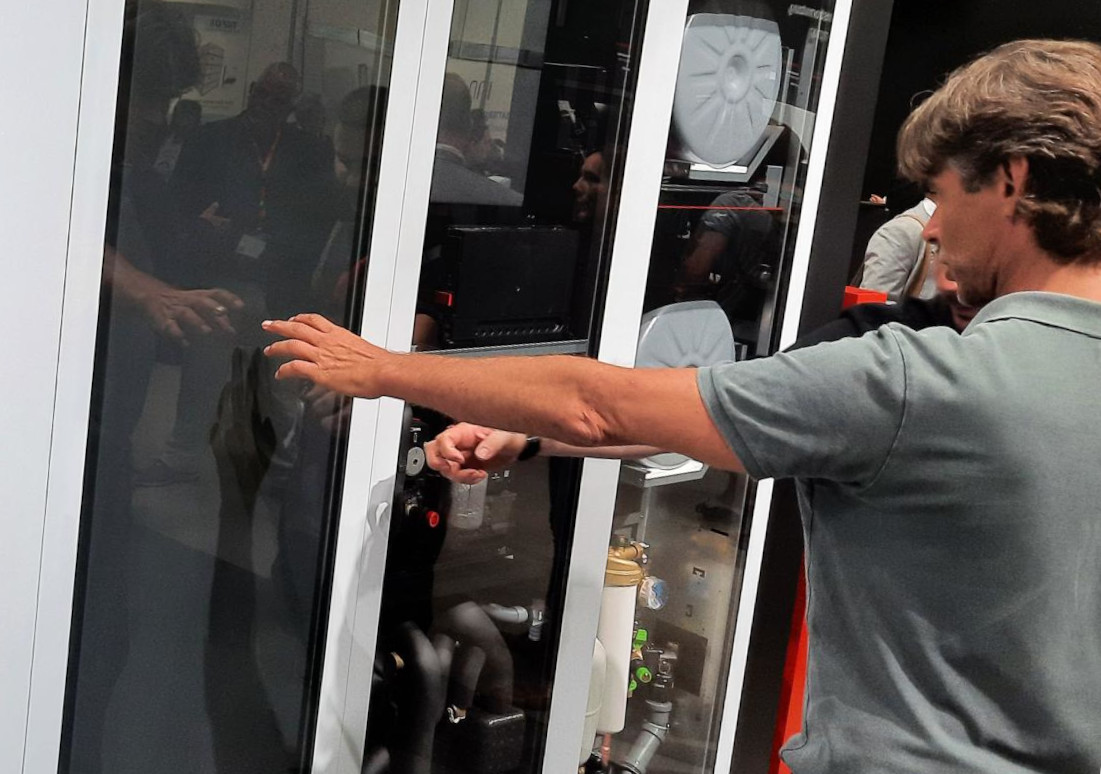
Heat pumps for swift installation
Viessmann, the German heating manufacturer that has just been bought by Carrier, is showing its latest heat pumps in Hall B1 of Intersolar and demonstrating how they can be integrated into home energy management systems, writes Cornelia Lichner.
Since Viessmann offers battery storage, inverters, solar modules, wall boxes and heat pumps in a package, control comes directly via the One Base app, with no additional controller needed.
Based on a forecast of energy generation and house consumption, the self-learning energy manager draws up a plan for the use of solar power, stores any surpluses in the battery and in the hot water storage tank, and registers when residents leave the house and turn down the heating.
The large Vitocal 250A, for the modernization of existing buildings, and the Vitocal 222-SI – for new builds – are being launched this summer.
The 250A reaches flow temperatures of up to 70 degrees. The Vitocal 222-SI is nicknamed “the Invisible” because, with an installation depth of only 28 cm, it can be hidden behind paneling or in niches to save space. Both run on the new refrigerant propane.
Viessmann Product Distribution Manager for E-Systems, Marc Franken, tells pv magazine the company wants to halve installation times with the new products. The pre-assembled units can be hung on rails on the wall and can be easily connected to an outdoor unit and floor heating.
He calculates, a heat pump in a new building could be installed in only one day, in the future, instead of two.
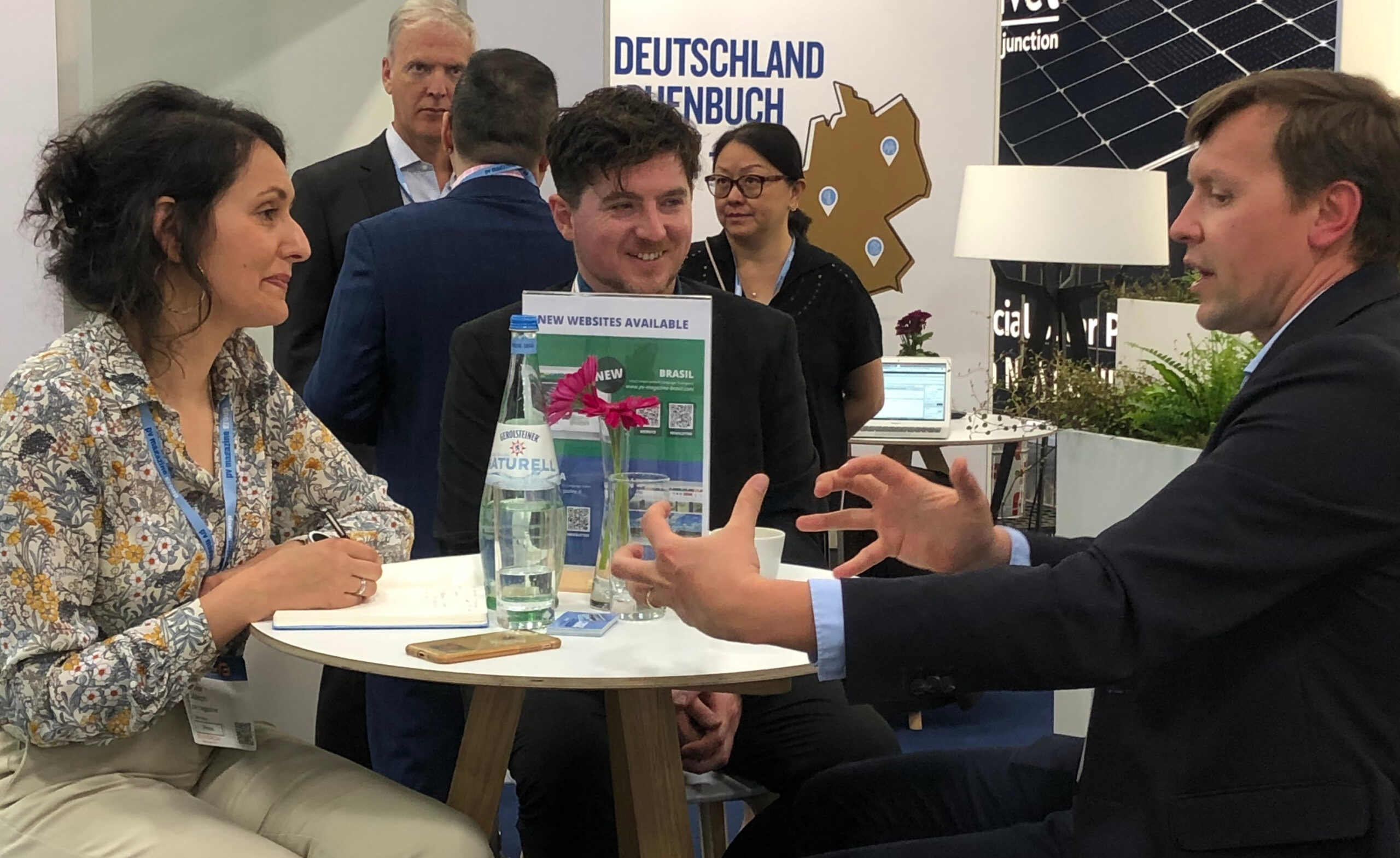
New regs to propel Polish solar
Proposed legislation which will enable the construction of direct lines for renewables to bypass the grid and also enact “cable pooling” – when solar and wind share the same connection point – is likely to be adopted this year, says lawyer Piotr Mrowiec. This could drive solar installations in Poland to new highs, writes Marija Maisch.
According to Mrowiec, the country is likely to emerge as the second largest market in Europe, up from the third place in 2022. This year will be marked by the rapid deployment of utility scale PV, after emerging from sluggish, years-long permitting processes. “There are a lot of projects in the range from 70-100 MW that are nearing completion,” says Mrowiec.
While seen as one of the most promising power purchase agreement (PPA) markets in Europe, the price ceiling set in November stopped PPA-backed solar in its tracks. Current PPA prices in Poland are much lower than the revenue cap set by the EU and stand at around PLN 240 ($58).
“We hope for this cap to be scrapped by the end of the year, further speeding up PV deployment in Poland,” Mrowiec adds.
Boxing clever
Congratulations to @wallboxchargers for winning one of the @ThesmarterE awards!
Bidirectional charging is coming fast in 2023 and 2024, says Guillem Iváñez, Head of Product of bidirectional charging in an interview with pv magazine #intersolar #liveblog pic.twitter.com/OcR8hCqtL9— pv magazine (@pvmagazine) June 14, 2023
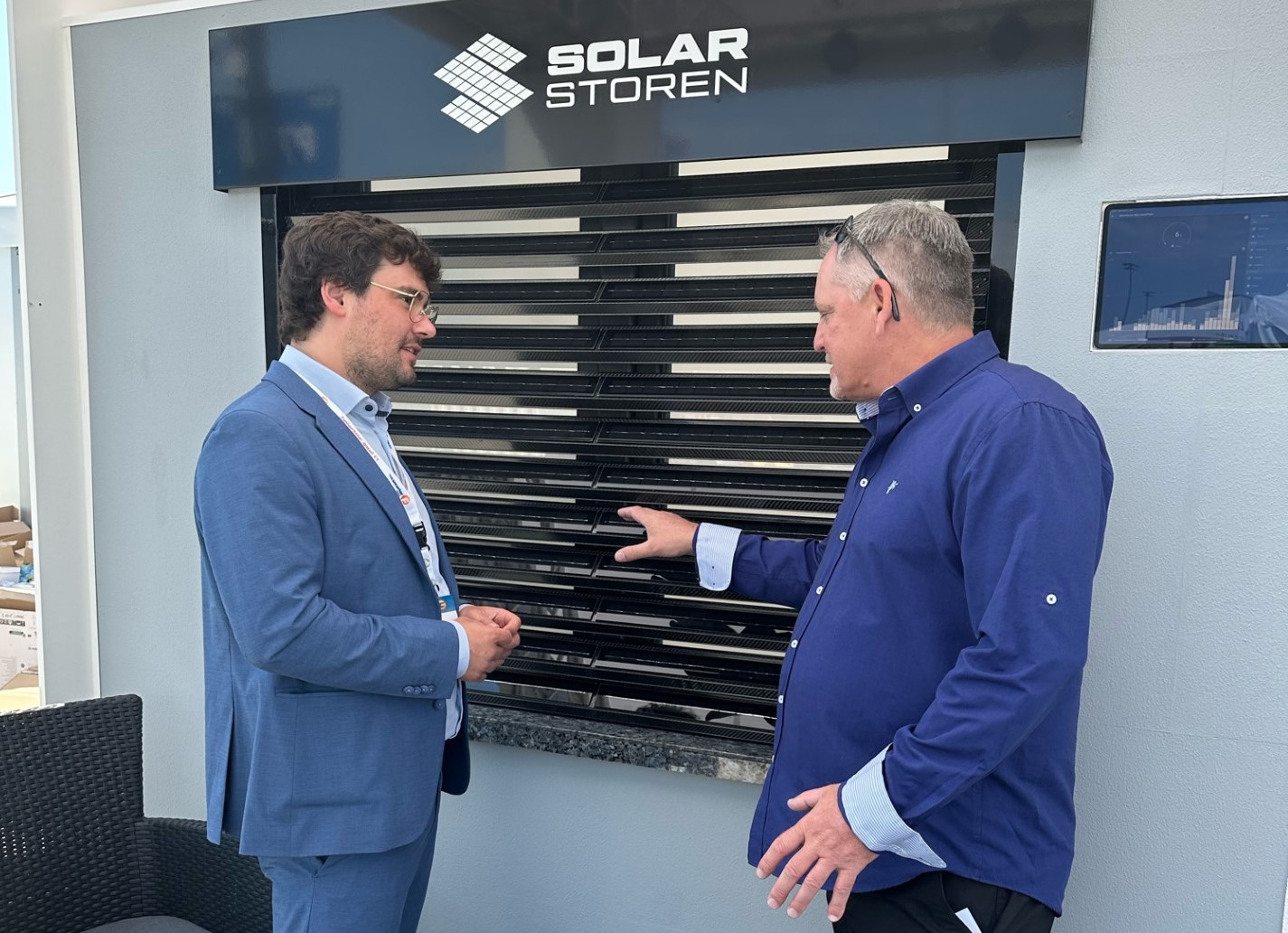
Blinding innovation
Electricity goes in and the sun stays out. That is the concept behind these solar blinds from new company Solar Storen, writes Marian Willuhn.
Founder Andreas Rahn explains how Solar Storen glues and strings solar cells onto carbon blinds. After the process, the cells will be covered with liquid glass – a clear resin – to keep them in place and protect them. He says the company is quite flexible, when it comes to cell choice. Newer tech can be seamlessly integrated into the blind manufacturing process. For now, they are still looking for a partner for the cells. Next stop: a commercial-ready product.
Why do they use carbon fiber, like you see on sports cars? Not for the sporty looks. Unlike aluminum, carbon will not expand under the heat of the sun. That will keep the cells intact, Rahn says.
A snapshot from the show
@ThesmarterE started on Wednesday in München. The three-day fair brings together the European solar community, with a strong Asian participation #Intersolar #LiveBlog pic.twitter.com/x2V0uVBXyG
— pv magazine (@pvmagazine) June 14, 2023
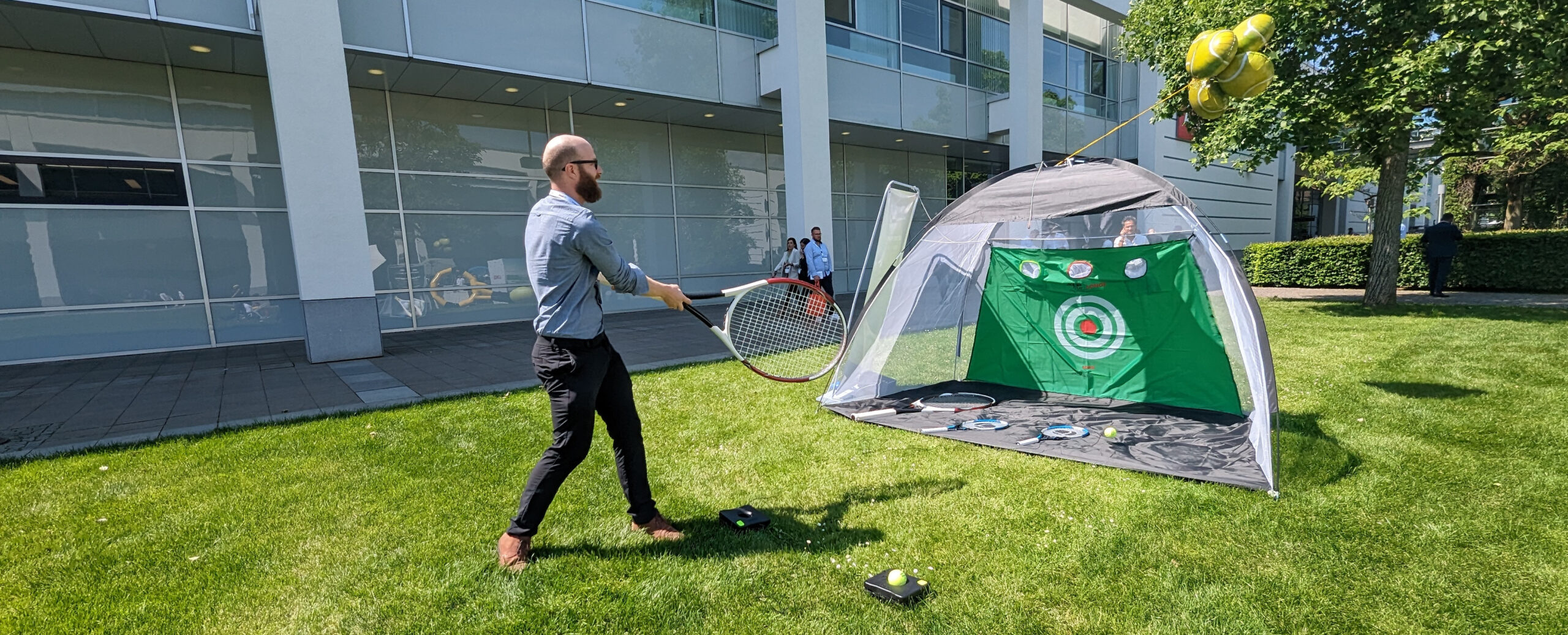
What the deuce!
Solar giant Longi is setting up for some fun in the sun that's not just modules, on the grass between halls A2 and B2 at Messe Munich.
With the company signing up as the ATP Tour's official solar energy and hydrogen partner, some outdoor racquet challenges have been set up to encourage friendly competition and games of skill.
pv magazine is pleased to report editor Tristan Rayner served up a clean winner, after only several dozen attempts…
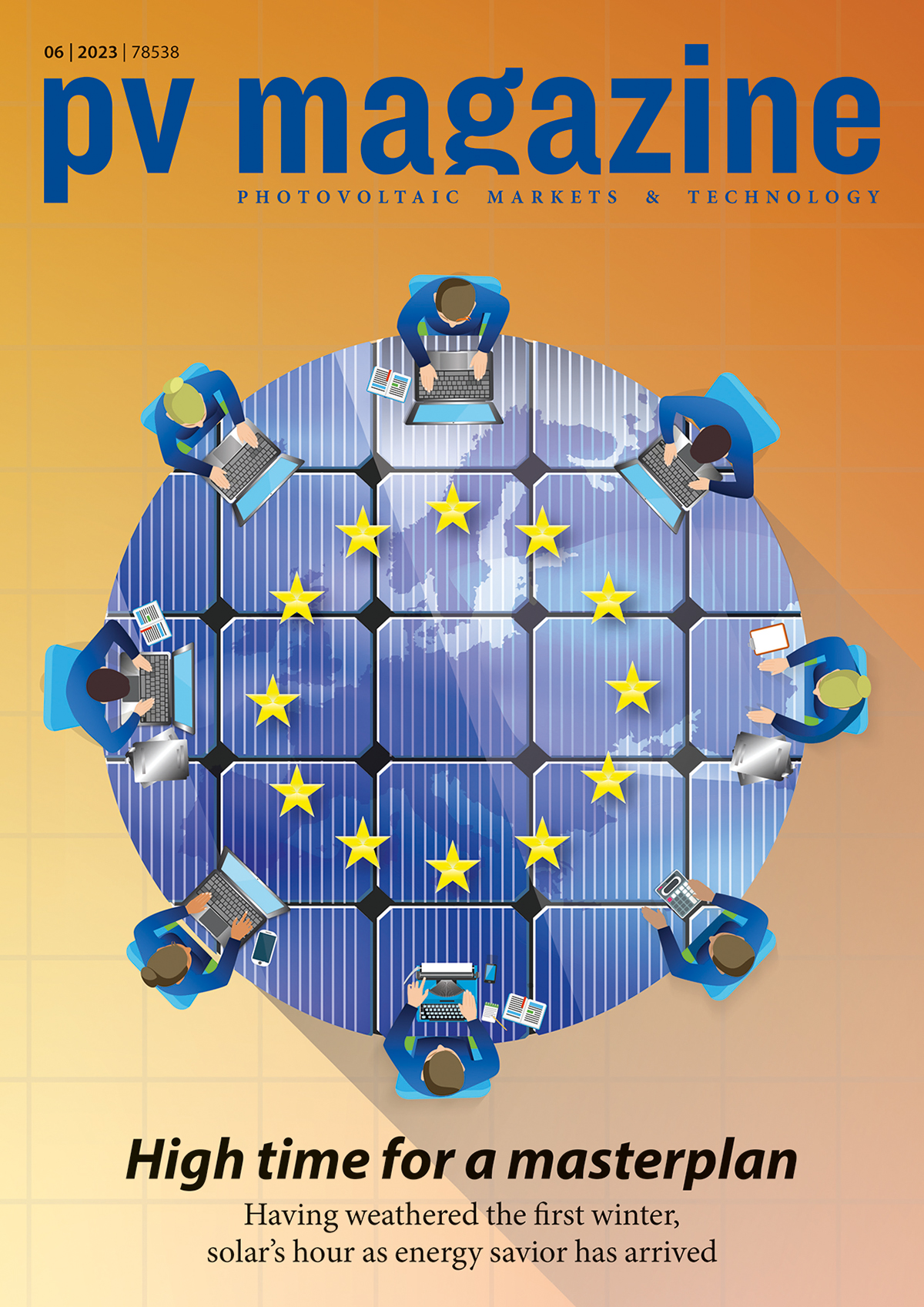
pv magazine's June edition
Short of the perfect reading material as you peruse this year's show? Pop along to the pv magazine booth, at A2.250, and grab yourself a copy of the latest edition of the magazine.
In the June issue, we turn the spotlight onto European solar with a comprehensive review of the state of the PV industry across the region’s key markets and a look at the legislation which aims to drive a solar rooftop boom. We also examine the difficulty of establishing a solar panel recycling industry in Australia, where industry backbiting isn’t helping matters.
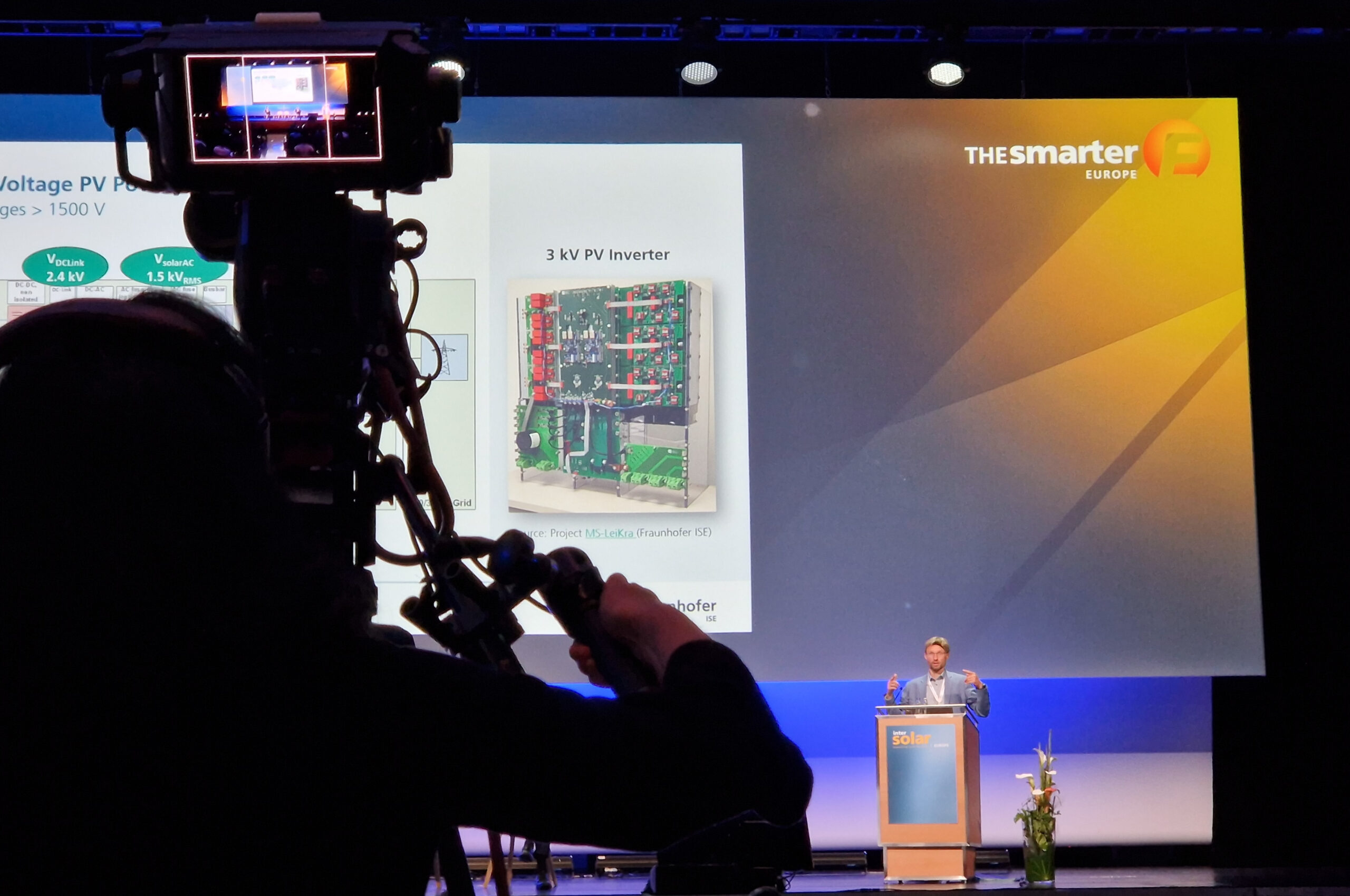
Which innovations will be on show this year?
A little worse for wear after last night's tram party, Mark Hutchins has opted to start the morning sitting quietly at the back of the conference, where Helmholtz Zentrum Berlin's Rutger Schlatmann kicked off the day with a look to the future and the technologies promising a big jump in solar cell and module performance.
Schlatmann reminded the audience “innovation is not guaranteed” and said plenty of policy support is still needed to make perovskites, and other new technology, a commercial reality. He also had plenty of figures to share which illustrated the massive potential of innovative solar. It'll be exciting to see which of these we might find on the exhibition floor this year.
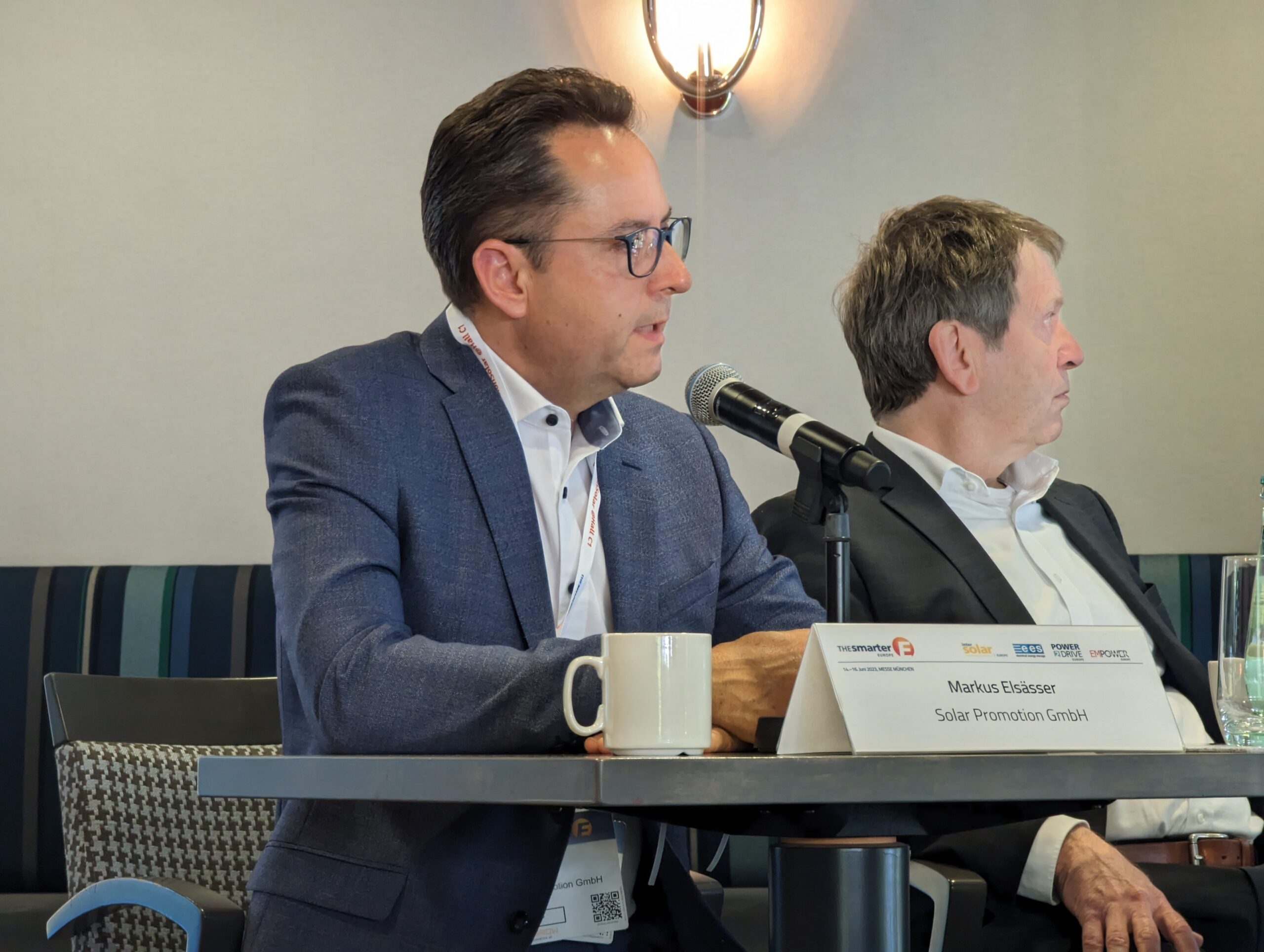
Solar trade show is back with a bang
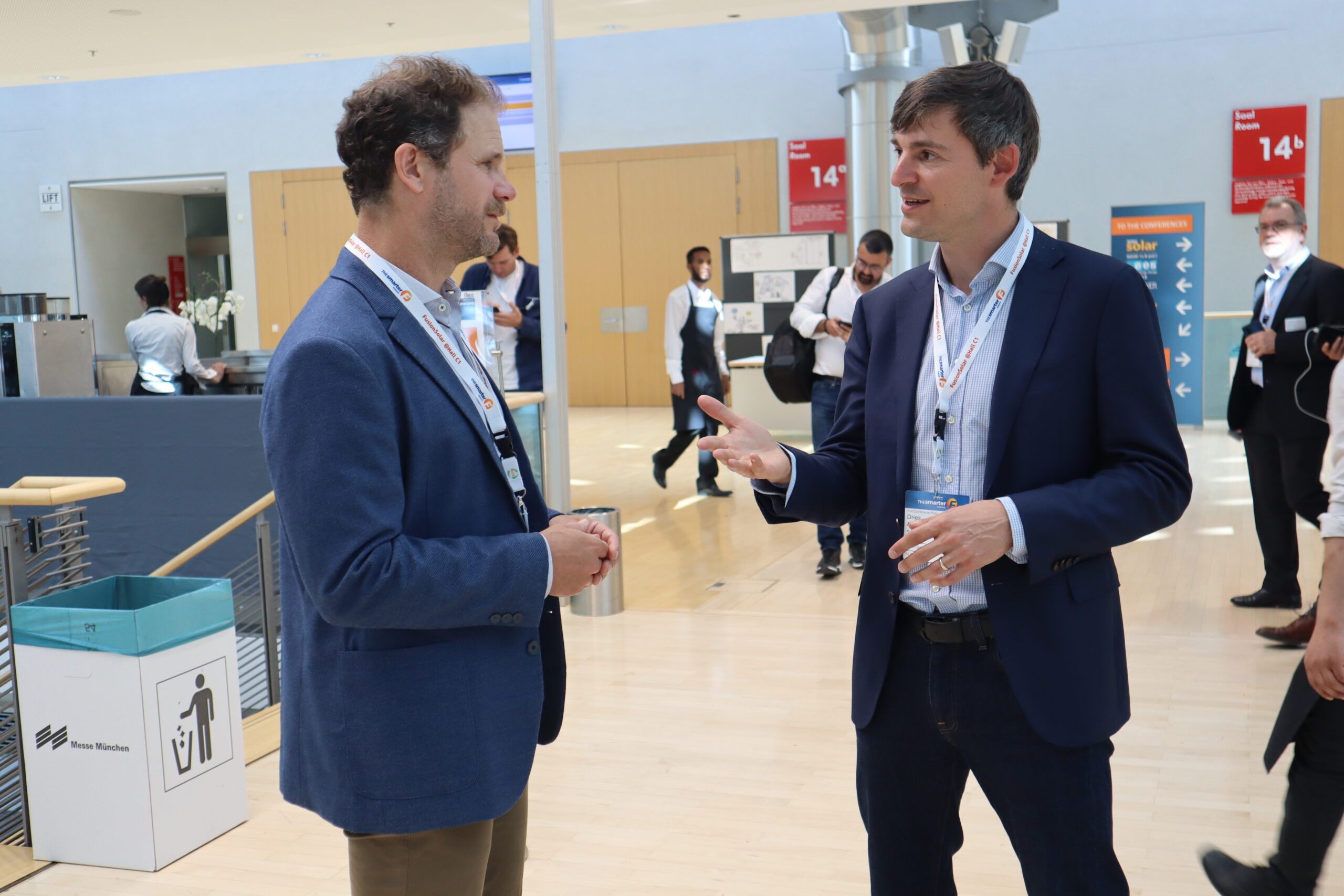
Hurdles remain to EU manufacturing
In March, the EU removed some of the obstacles preventing member states subsidizing solar manufacturers, writes Jonathan Gifford. State aid rules were loosened for items including solar modules and wind turbines.
The move came in the form of an amendment to the European Commission’s Temporary Crisis and Transition Framework (TCTF). While promise is big, however, there appear to remain serious hurdles for the support required for an expansion of PV manufacturing further upstream, according to Dries Acke, Policy Director at SolarPower Europe.
Obstacles include the level of documentary evidence required for “matching subsidies” and a requirement project subsidies must be provided by three EU member states.
“We have told the commission that we understand their position but we’re not happy,” said Acke. He noted the EU executive’s DG Competition – the body tasked with assessing applications for approval of state aid to solar manufacturing projects – has shown a willingness to be flexible but has found itself in “uncharted territory.” The organization is looking to work with manufacturing project proponents in overcoming the regulatory hurdles at European level.
“Matching subsidies” are particularly attractive under the TCTF, said Acke, as they offer the opportunity to access subsidies commensurate with what they would receive in “non EEA [European Economic Area] countries,” such as India or the United States. However, proving precisely what subsidies are on offer elsewhere is far from straightforward.
A final impediment for solar manufacturing to expand upstream from module, to cell, wafer, and even ingot production, is the commission’s refusal to allow member states to provide subsidies for operational expenses (opex) such as energy and materials. At present, the TCTF only applies to capital subsidies (capex) for the construction and equipping of solar factories.
Clarion call for expansion in time of crisis
Sometimes it takes a voice from beyond the border to deliver a message of inspiration, writes Jonathan Gifford. This certainly was the case as the first day of The smarter E conference drew to a close in Munich yesterday.
With Ukrainian and EU flags greeting arrivals to the event, Dan Shugar, CEO and founder of tracker supplier Nextracker delivered an inspiring message. Asked whether he believed the current geopolitical instability will favor or hinder renewable energy development in Europe, his answer was unequivocal.
“I am just appalled by Putin’s aggression in Ukraine,” Shugar said. “There has never been a better opportunity to significantly increase the penetration of renewables as it basically stops one of the most atrocious things that has been committed in my lifetime,” he added, referring to the opportunity for Europe to end its dependency on Russian gas.
Addressing potential roadblocks to an expansion of solar well beyond the 20% annual growth rate that had been forecast for Europe earlier in the conference session, Shugar said near-shoring manufacturing has a role to play in gaining community acceptance and, therefore, municipal approvals in his home market of the United States.
“The IRA [Inflation Reduction Act] has been the most significant piece of environmental policy ever,” said Shugar. “What we have done, in Nextracker, is a massive expansion of manufacturing capacity in the United States and this has been very well received. It helps us and our customers to get their projects permitted because the municipalities involved in the permitting see the opportunity that is happening.”
Let's get this show on the road!
The pv magazine editorial show team is bigger than ever. Some 13 pv magazine editors, from our Global, German, Spanish, French, and Italian platforms and publications are on the ground in Munich, bringing you all the breaking news, product launches, project deals, and insider information from the burgeoning European solar marketplace over the next three days.
